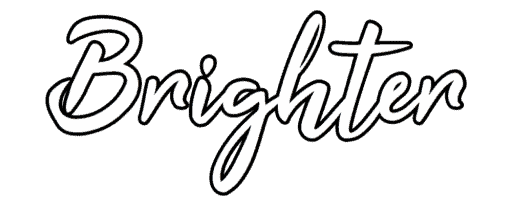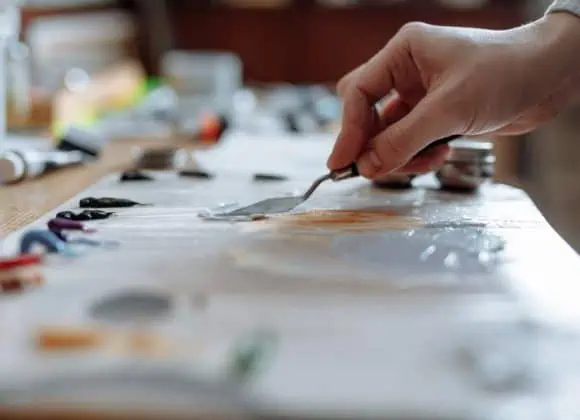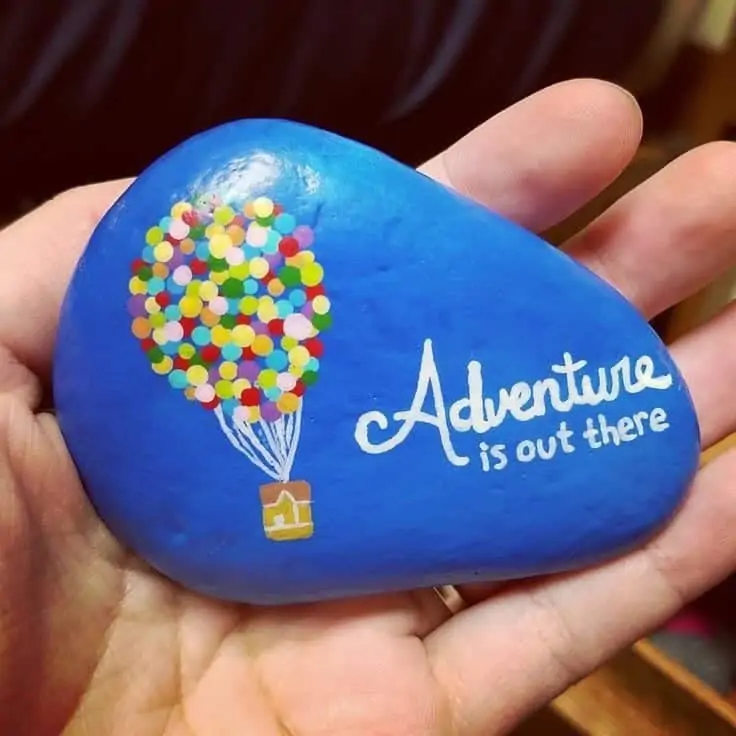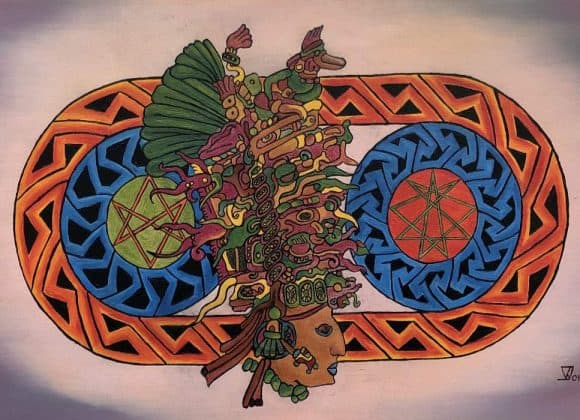Multimedia painting, sometimes called mixed media painting, is a technique that involves using multiple kinds of materials or media in a single artwork. This approach to painting allows the artist to combine traditional materials, such as paint and ink, with more unconventional elements, such as collage, photography, digital media, or textured materials to create unique and dynamic compositions.
Table of Contents
The History of Multimedia Painting
- Multimedia painting has a long history, with roots dating back to the early 20th century. It was particularly popular with artists associated with the Dada art movement.
- Early practitioners of multimedia painting included artists like Pablo Picasso and Georges Braque, who used collage elements in their cubist paintings. Marcel Duchamp and Man Ray used photography and sculpture in their work and Max Ernst took the concept of collage to a whole new level using non traditional materials.
- In the 1960s and 1970s, multimedia painting became more mainstream, with artists like David Hockney and Roy Lichtenstein incorporating elements like printing and photography into their works.
- Today, multimedia painting is a widely accepted and respected art form, with many contemporary artists incorporating a range of mediums and techniques into their work.
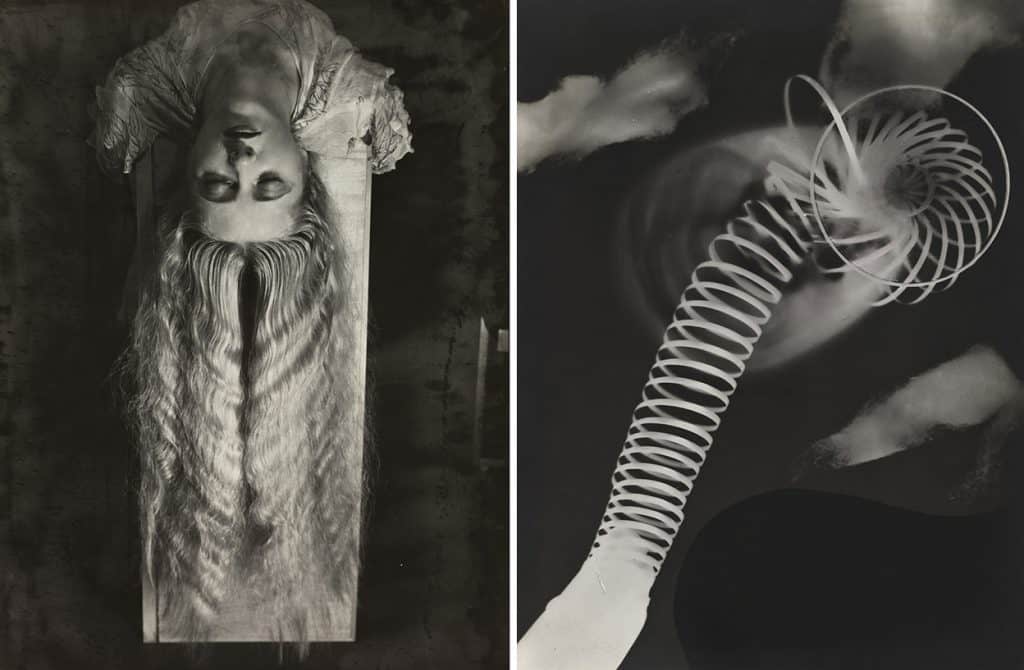
The Benefits of Multimedia Painting
- It allows for experimentation: One of the main benefits of multimedia painting is the opportunity it offers for experimentation with different materials and techniques. This can help artists to find their own unique style and voice.
- It creates dynamic compositions: By using a variety of mediums and techniques, artists can create compositions that are more complex and layered, with a greater sense of depth and visual interest.
- It offers a fresh perspective: By challenging traditional notions of what constitutes a “painting,” multimedia painting encourages artists to think outside the box and approach their work from a different perspective.

How to Create a Multimedia Painting
- Gather your materials: As with any art project, it’s important to have all the necessary materials on hand before you start. This can include paints, inks, pastels, collage elements, and any other media, materials or techniques you wish to use.
- Experiment with different materials, textures and techniques: Don’t be afraid to try new things to see what interesting effects you can create. Layering different materials, using different tools to apply them, and combining traditional and unconventional elements can all help to create unique and dynamic compositions.
- Incorporate digital media: If you wish to incorporate digital elements into your painting, you can do so using tools like Photoshop or Procreate, but there is free open source software like paint.net that is fantastic too. Just keep an open mind and be open to where your creativity takes you.

Conclusion
Multimedia painting refers to the use of various media and techniques in creating a single artwork. As we discussed this can include traditional painting materials such as oil and acrylic paints, as well as non-traditional materials. It is part of a much bigger world of Multi Media Art.
The combination of different mediums allows for a wide range of possibilities for experimentation and creativity. Artists can layer different textures, add movement and sound, and even incorporate elements of performance art. This diversity of media allows for a broad spectrum of expression and can lead to truly unique and innovative works of art.
Whether you are a seasoned artist with years of experience or just starting out, multimedia painting is a great way to push the boundaries of traditional painting and explore new avenues of artistic expression. It’s a versatile and dynamic art form that allows for the exploration of new techniques, mediums, and ideas. With multimedia painting, the possibilities are endless.
